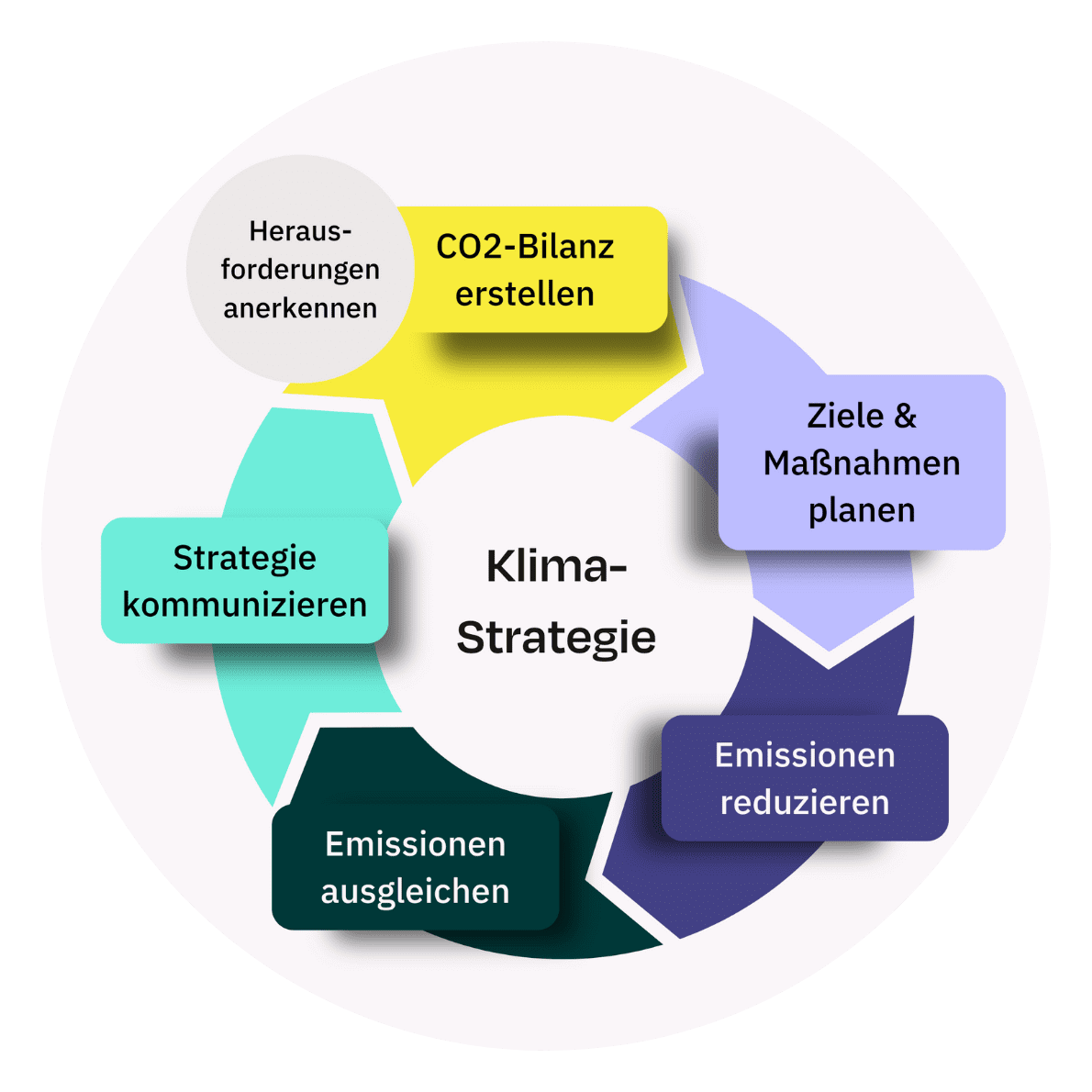Climate strategy for your company
Holistic climate management for your company. With software, consulting, process integration and team empowerment, VERSO paves the way for a targeted decarbonization strategy.



Why do I need a climate strategy?
Climate change presents us with the greatest challenge to date and makes the Paris climate protection target of 1.5° C one of the most important issues of our time. Despite this, global emissions continue to rise – threatening not only the environment and society, but also supply chains and entire business models. We can only turn the tide together. A sustainable and climate-friendly economy is the decisive lever here. Companies are feeling from all sides that they too have a responsibility. Regulatory pressure is increasing to determine their own climate impact and reduce it. Stakeholders want to know what is going on. Greenwashing has legal consequences. Banks and credit institutions are paying more attention to ESG criteria. But perhaps you too have long since recognized this: A decarbonization strategy holds business opportunities – it pays to proactively drive forward the sustainable transformation.

Getting decarbonization rolling
Do you want or need to create a decarbonization strategy for your company? Then you need a target-oriented strategy. And the realization that such a climate strategy is not a one-off project, but a recurring process.
- Recognizing challenges
- Create CO₂ balance sheet
- Define measurable climate targets and measures
- Reduce GHG emissions
- Offsetting unavoidable emissions
- Communicating successes and potential
With the Climate Hub, we offer solutions for every phase of your decarbonization strategy.

Empowerment instead of data collection
What makes working with VERSO special? We not only provide you with data – but also tools and know-how so that you can take your decarbonization strategy into your own hands in the long term. For example, we support you in integrating the measurement processes into your company processes and familiarize everyone involved with the Climate Hub. Our ESG consultants are on hand to answer any questions you may have – and you can take part in ongoing training at the VERSO Academy.
So, when do we start?

Book your demo now!

Find out without obligation how you can plan an effective climate strategy with the VERSO Climate Hub and optional support from our experts.